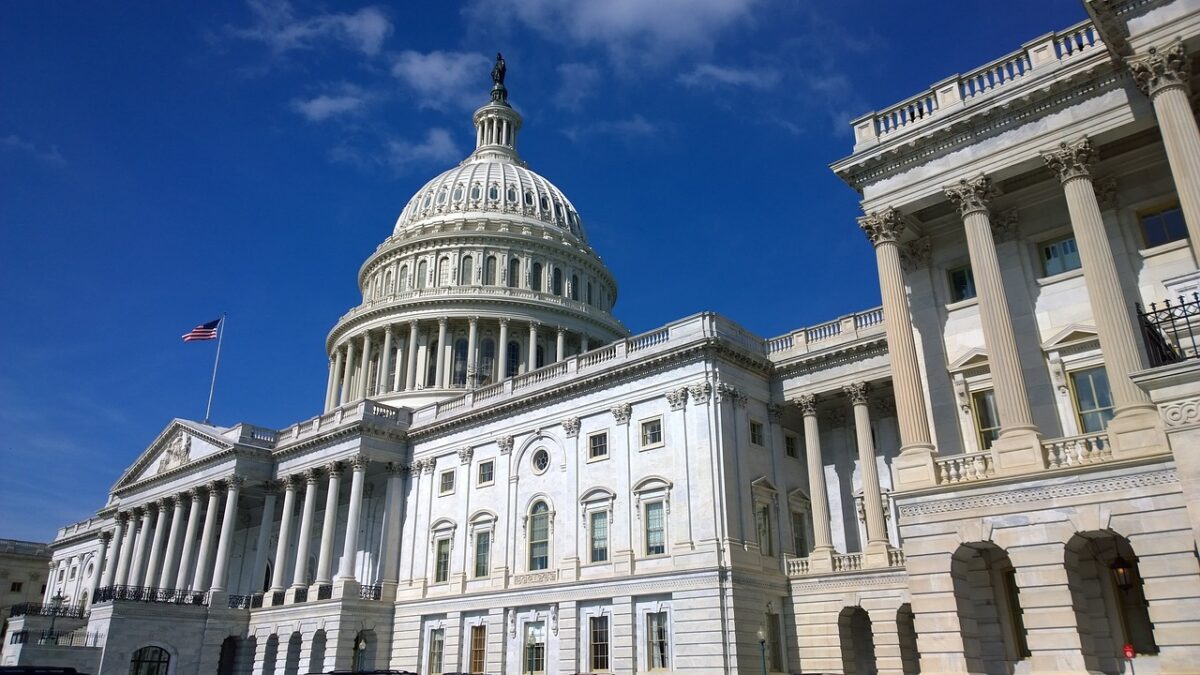BLOG
Expanded Interpretation of Congressional Review Act Leaves Additional Guidance and Rules Vulnerable to Repeal

The Congressional Review Act (CRA) requires agencies to submit rules to Congress, which then has 60 days to disapprove of the rule. If the president then signs the disapproval, the rule is overturned, and the agency is prohibited from ever issuing a “substantially similar” rule unless the agency receives Congressional approval. On April 18, 2018 the Senate passed a resolution disapproving of a Consumer Financial Protection Bureau (CFPB) guidance bulletin that was issued in 2013. Because the CFPB believed the bulletin did not rise to the level of a rule, it had not sent the bulletin to Congress. In 2017, Senator Pat Toomey (R-PA) subsequently sent the bulletin to the Government Accountability Office (GAO), which determined that the guidance bulletin met the CRA’s definition of a “rule.” Because of GAO’s determination, the Senate determined that the 60 day review limit had not expired as the rule was not submitted. The House of Representatives and President Trump must still vote for and sign the disapproval resolution.
This use of the CRA marks the first time it has been used against non-binding regulatory guidance. Because non-binding guidance is not generally sent to Congress for review, the use of the CRA in this manner could subject many federal agency guidance documents, including those from EPA and OSHA, to potential repeal, even if they have been in use for years.